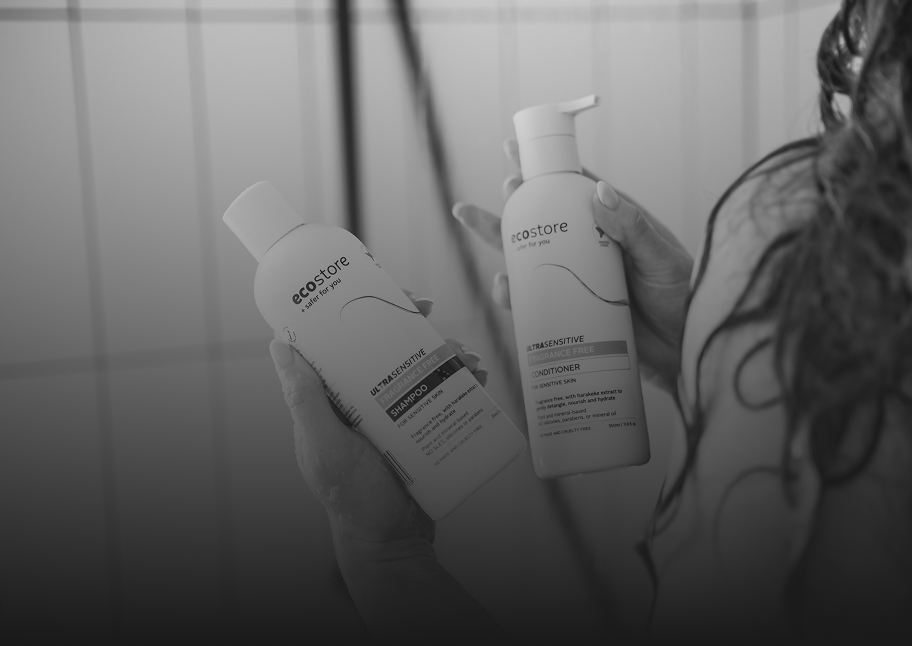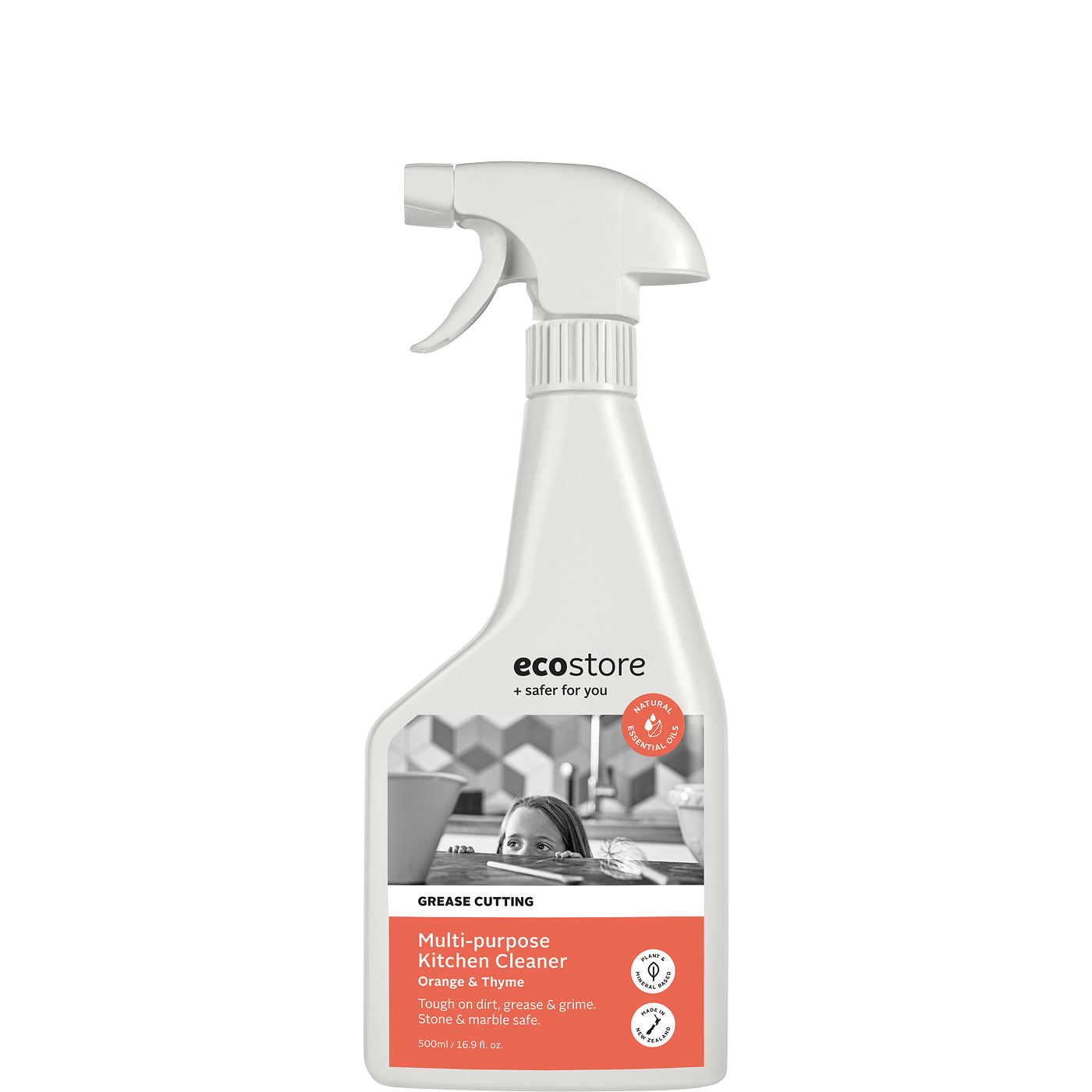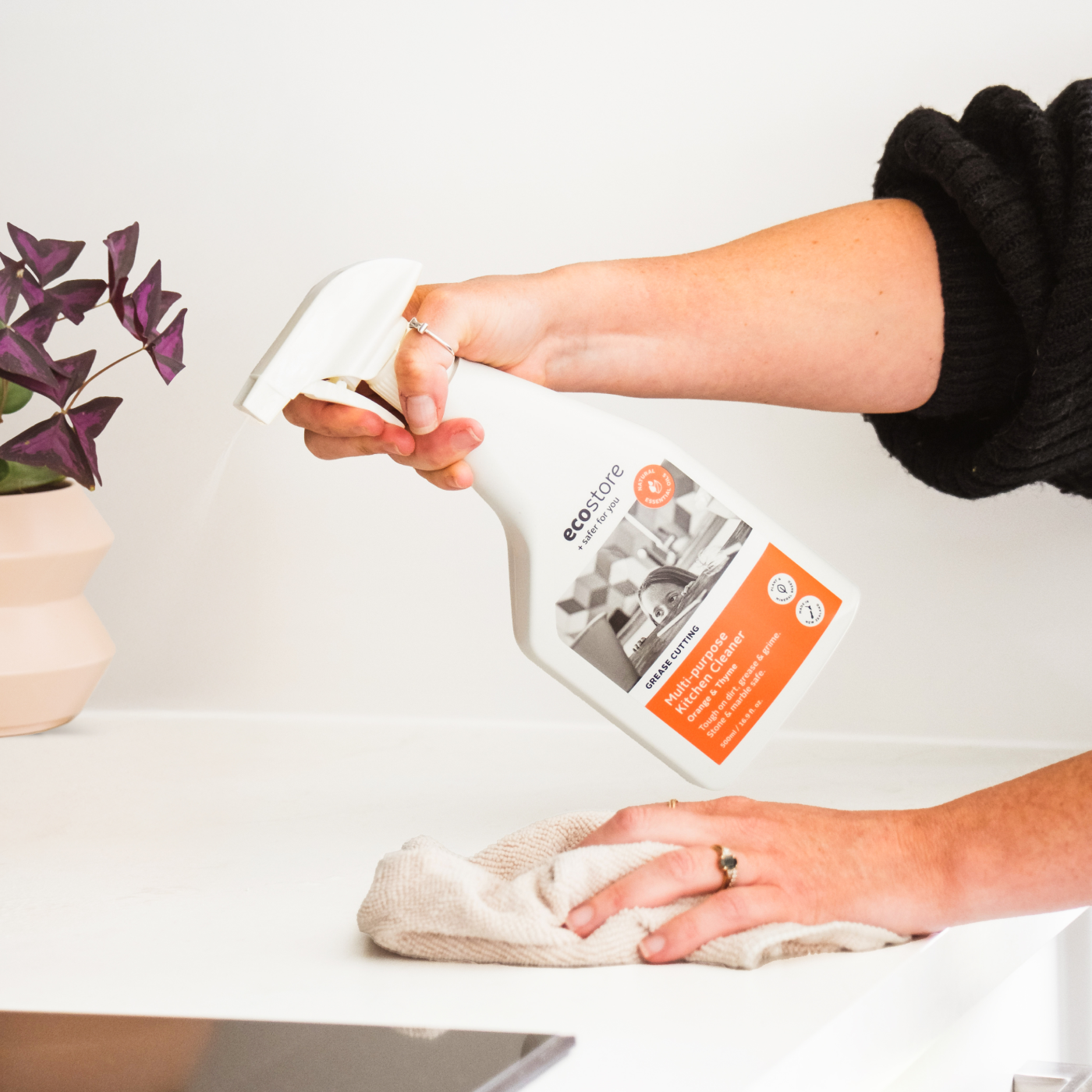Ingredient - Mannanase
Mannanases are a type of enzyme that can be used to target mannan-containing stains from foods such as tomato sauce, ice cream and chocolate. We use these in some of our products to improve cleaning performance and efficiency.
Enzymes are a kind of protein that occur naturally in the body, but have also been engineered for use in commercial cleaning products for many decades. The enzymes we use are produced in microbial systems, and they work by speeding up chemical reactions. When used in cleaning products, they can help dissolve stains attached to clothes or dishes by converting them into substances that are more easily removed in the cleaning process.
Mannan-containing stains are typically difficult to remove from clothes because of how they bond to the cellulose fibres of cotton fabrics. Mannanase is effectively able to dissolve mannan into the smaller polymer mannose, making the stains water soluble and more easily rinsed off.
Regarding their safety profile, extensive testing in large scale human studies has shown no evidence of the ability of enzymes in cleaning products to induce skin sensitisation. The large molecular weight of enzymes suggest they would not be able to penetrate intact skin. Any contact with wash solutions is not linked to significant irritation or allergy and residues on fabrics are so low they are not known to materially contribute to any skin effects. The combined evidence of substantial research has been sufficient to establish a long history of safe consumer use of enzyme containing products.
Enzymes also have a good environmental profile - they're readily biodegradable and are inactivated to a large extent under washing or cleaning conditions, minimising their impact when they reach the environment. Using enzymes can improve cleaning performance, increasing efficiency and reducing the amount of water and other surfactants required.
Other names: beta-Mannanase
Chemical class: Proteins
Chemical structure depicted: Mannan
REFERENCES
Kumari, U., Singh, R., Ray, T., Rana, S., Saha, P., Malhotra, K., & Daniell, H. (2019). Validation of leaf enzymes in the detergent and textile industries: launching of a new platform technology. Plant biotechnology journal, 17(6), 1167–1182. https://doi.org/10.1111/pbi.13122
Dawood, A., & Ma, K. (2020). Applications of Microbial Β-Mannanases. Frontiers in bioengineering and biotechnology, 8, 598630. https://doi.org/10.3389/fbioe.2020.598630
Basketter, D., Berg, N., Broekhuizen, C., Fieldsend, M., Kirkwood, S., Kluin, C., Mathieu, S., & Rodriguez, C. (2012). Enzymes in cleaning products: an overview of toxicological properties and risk assessment/management. Regulatory toxicology and pharmacology : RTP, 64(1), 117–123. https://doi.org/10.1016/j.yrtph.2012.06.016
HERA Human & Environmental Risk Assessment. (2005). Amylases, Cellulases and Lipases. Retrieved on November 26, 2021 from https://www.heraproject.com/files/38-F-Hera_Bridging_document_28.10.05.pdf
Basketter, D., English, J., Wakelin, S. and White, I. (2008), Enzymes, detergents and skin: facts and fantasies. British Journal of Dermatology, 158: 1177-1181. https://doi.org/10.1111/j.1365-2133.2008.08561.x
National Center for Biotechnology Information (2021). PubChem Compound Summary for CID 25147451, Mannan. Retrieved November 30, 2021 from https://pubchem.ncbi.nlm.nih.gov/compound/Mannan.
Free shipping on orders over $130
Love me or your money back guarantee
Ingredient - Mannanase






